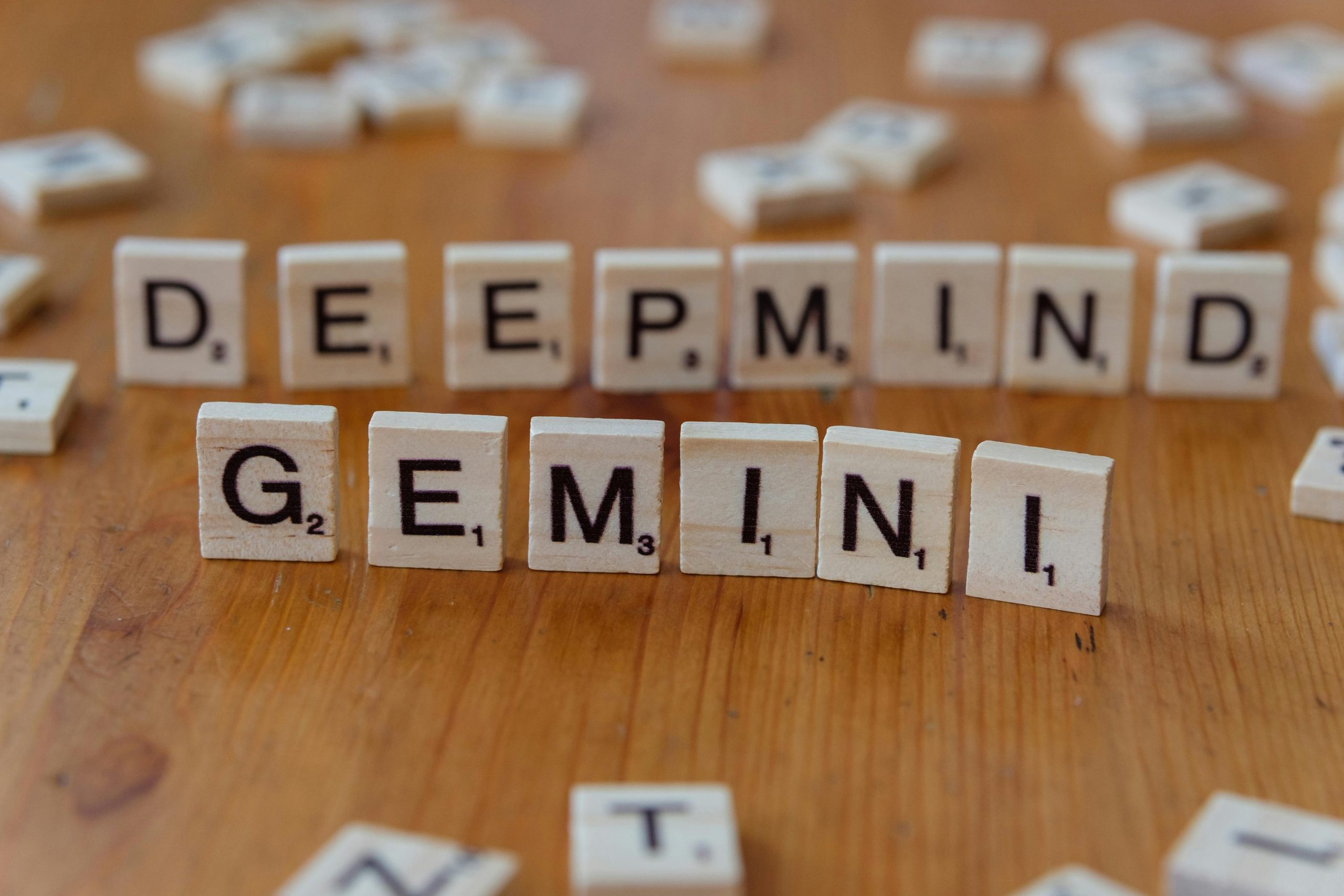Seeking Tips on Using ChatGPT to Organize Ideas and Share Content to Slack — I’ve Hit a Roadblock
Building an Automated Idea Management System with ChatGPT and Slack: Challenges and Solutions
In today’s fast-paced business environment, efficiently organizing ideas and sharing updates with your team is crucial. Many entrepreneurs and non-technical professionals look for straightforward ways to integrate AI tools like ChatGPT with team collaboration platforms such as Slack. However, achieving this seamless workflow can present unexpected hurdles.
The Vision: Using ChatGPT as an Idea Hub
Imagine a scenario where you converse extensively with ChatGPT, using its memory features to document and track your thoughts over time. Then, when you’re ready, you simply command it to “send this to Slack,” and it automatically posts your selected content into a designated Slack channel for your team to view. This setup would streamline the process of capturing and sharing insights without manual copying and pasting.
The Reality: Limitations of Out-of-the-Box ChatGPT
While this concept sounds promising, there are inherent limitations with standard ChatGPT implementations:
- No Outbound API Calls: The basic ChatGPT interface cannot initiate outbound requests to external services or APIs. This means it cannot directly send messages to Slack or trigger automation workflows.
- Webhook and Automation Restrictions: Without custom development, ChatGPT cannot push data to webhooks or activate tools like Zapier to facilitate cross-platform communication.
- Memory Constraints: Even with memory features enabled, ChatGPT does not retain state across sessions in a way that allows for automatic outbound actions based on user commands.
Navigating the Technical Challenges
If you’re not a developer and lack the resources to build a custom integration using OpenAI’s API, this can feel limiting. However, there are alternative approaches:
-
Use External Automation Tools:
Employ tools like Zapier or Make (formerly Integromat) that can listen for certain inputs (e.g., specific commands or triggers) and then post to Slack. While ChatGPT can’t trigger these directly, you can set up manual workflows where you copy content from ChatGPT and send it through these automations. -
Leverage ChatGPT Plugins or Custom GPTs (With Caveats):
Advanced users have created custom GPTs or integrations that remember specific data and can work in tandem with automation platforms. However, these often require prior setup and may not have direct memory access to past conversations unless engineered specifically. -
Implement a Hybrid System:
Use ChatGPT for brainstorming and idea generation, then manually transfer key outputs into your automation pipeline for distribution














Post Comment